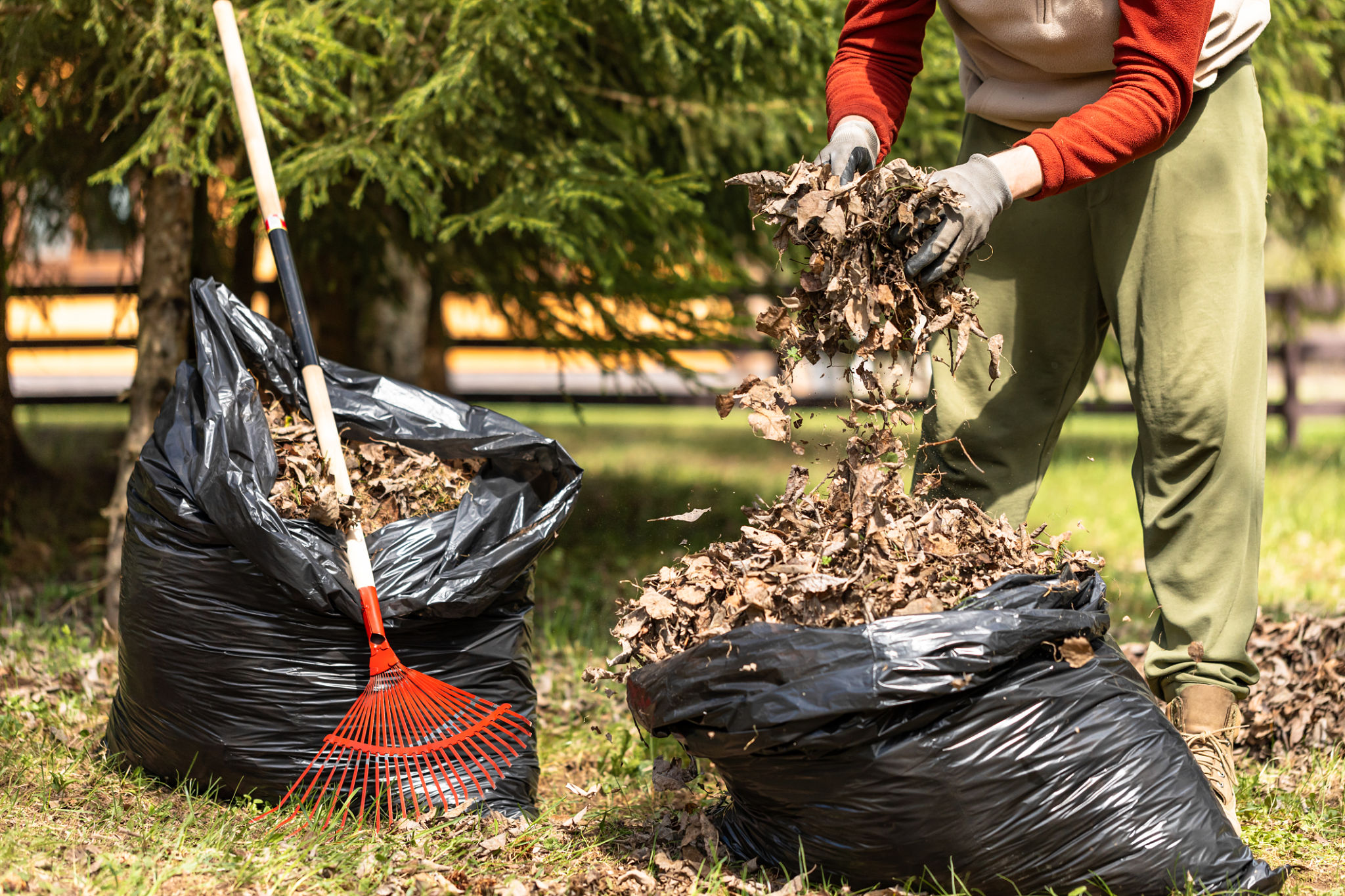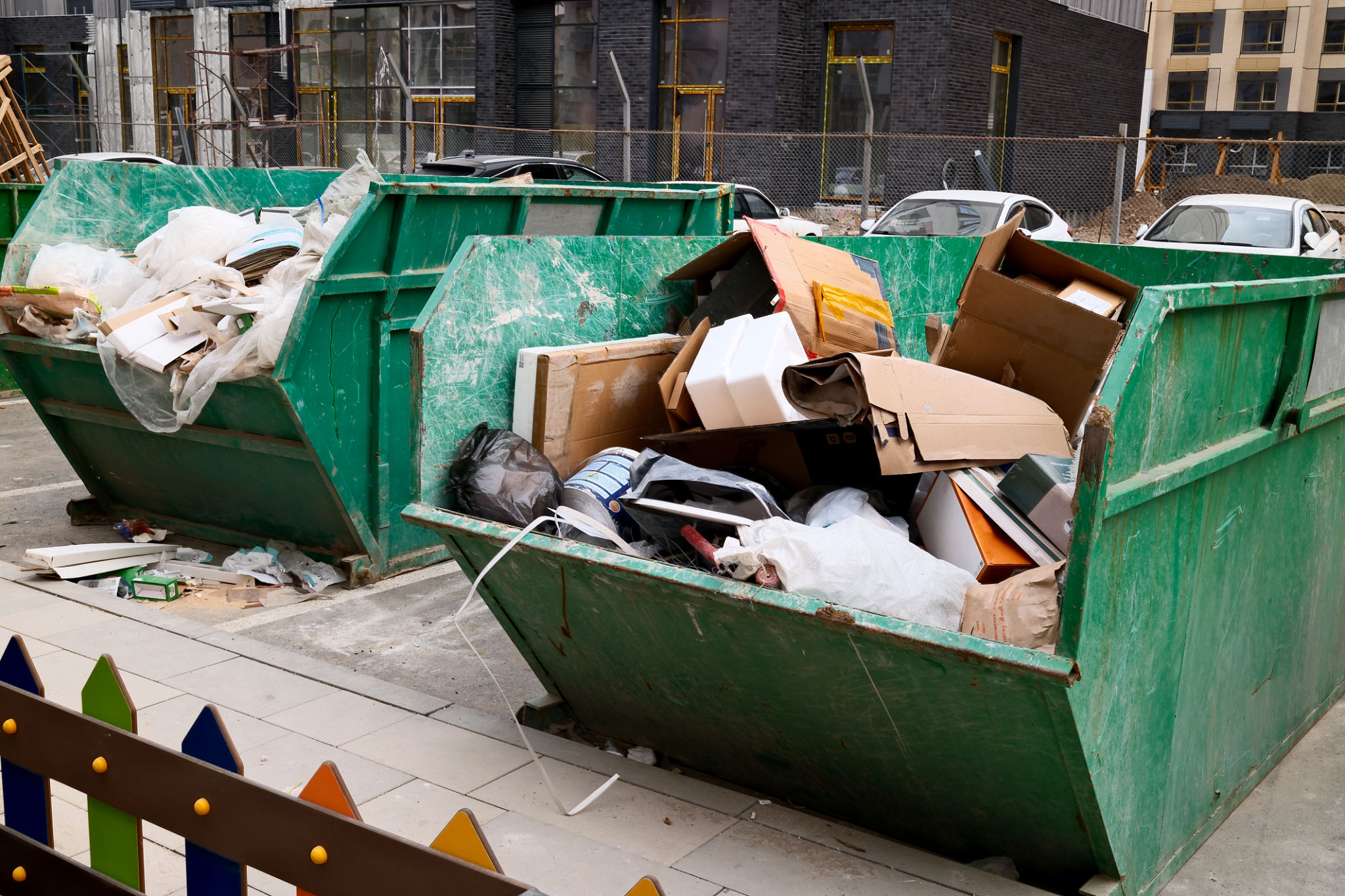Post-Storm Tree Cleanup: Essential Steps for Texas Homeowners
Assessing the Damage
After a storm passes through Texas, homeowners often face the daunting task of cleaning up their yards and properties. The first step in post-storm tree cleanup is to carefully assess the damage. Look for broken branches, uprooted trees, and any damage to structures like fences or roofs. It's important to approach this task with caution, as damaged trees can pose serious safety hazards.

Wear protective gear such as gloves and helmets when examining the damage. If a tree is leaning or appears unstable, it might be wise to call in a professional arborist to handle the situation. Remember, safety should always be the top priority when dealing with storm-damaged trees.
Prioritizing Tasks
Once you have a clear idea of the damage, it's time to prioritize your cleanup tasks. Focus on removing any hazardous branches or trees that pose an immediate threat to your safety or property. This includes limbs hanging over power lines or structures. If you encounter any electrical wires tangled in trees, contact your utility company immediately.
- Remove hazardous branches first.
- Clear pathways and driveways.
- Address aesthetic concerns last.

Gathering the Right Tools
Having the right tools on hand can make the cleanup process more efficient and safer. Essential tools for tree cleanup include pruning shears, a handsaw, a chainsaw, and a sturdy ladder. For larger trees or extensive damage, you may need to rent specialized equipment or hire a professional service.
Ensure all tools are in good working condition before you start. Dull blades or malfunctioning equipment can increase the risk of injury and make the job more difficult. Always follow proper safety protocols when using power tools.
Disposing of Debris
After cutting and clearing away broken branches and trees, you'll need to properly dispose of the debris. Check with your local waste management services for guidelines on debris disposal. Some communities offer curbside pickup for storm debris, while others may require you to drop it off at a designated location.

Consider repurposing some of the wood for firewood or mulch if possible. This not only reduces waste but can also benefit your landscape in other ways. Chipping branches into mulch can help prevent erosion and retain moisture in your garden beds.
Preventing Future Damage
Once your yard is clear and safe, it's time to think about preventive measures to minimize damage from future storms. Regular tree maintenance is key. This includes pruning dead or weak branches, ensuring trees are properly watered and fertilized, and monitoring their health throughout the year.
By investing in regular upkeep, you can strengthen your trees against high winds and severe weather. Additionally, consider planting wind-resistant tree species native to Texas, which are better suited to withstand local climate conditions.
Hiring Professional Help
If the damage is extensive or if you're unsure about handling certain aspects of the cleanup, hiring professional arborists can be a wise decision. Professionals have the experience and equipment needed to safely handle complex situations, saving you time and ensuring the job is done correctly.

When selecting a service, look for certified arborists with good reviews and proper insurance coverage. This ensures that you receive high-quality service and are protected in case of any accidents during the cleanup process.
Conclusion
Post-storm tree cleanup is an essential task for Texas homeowners to ensure safety and restore their properties to their pre-storm condition. By following these essential steps, you can tackle the cleanup effectively and prepare your landscape for future weather events. Remember, when in doubt, seek professional help to manage the risks involved with storm-damaged trees.